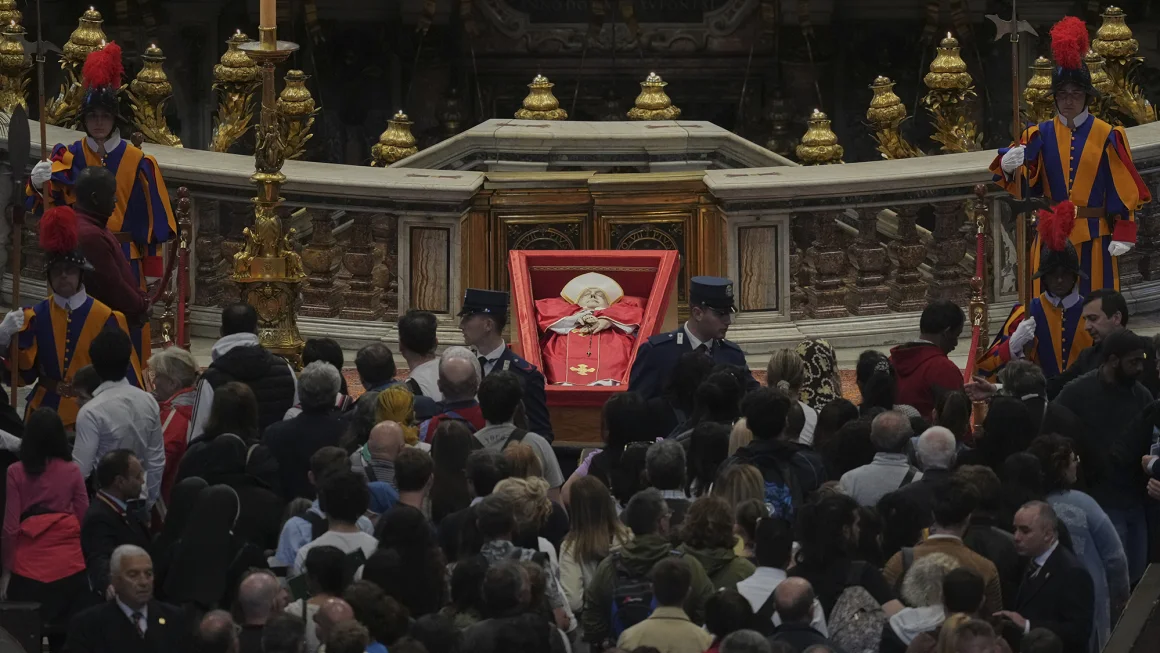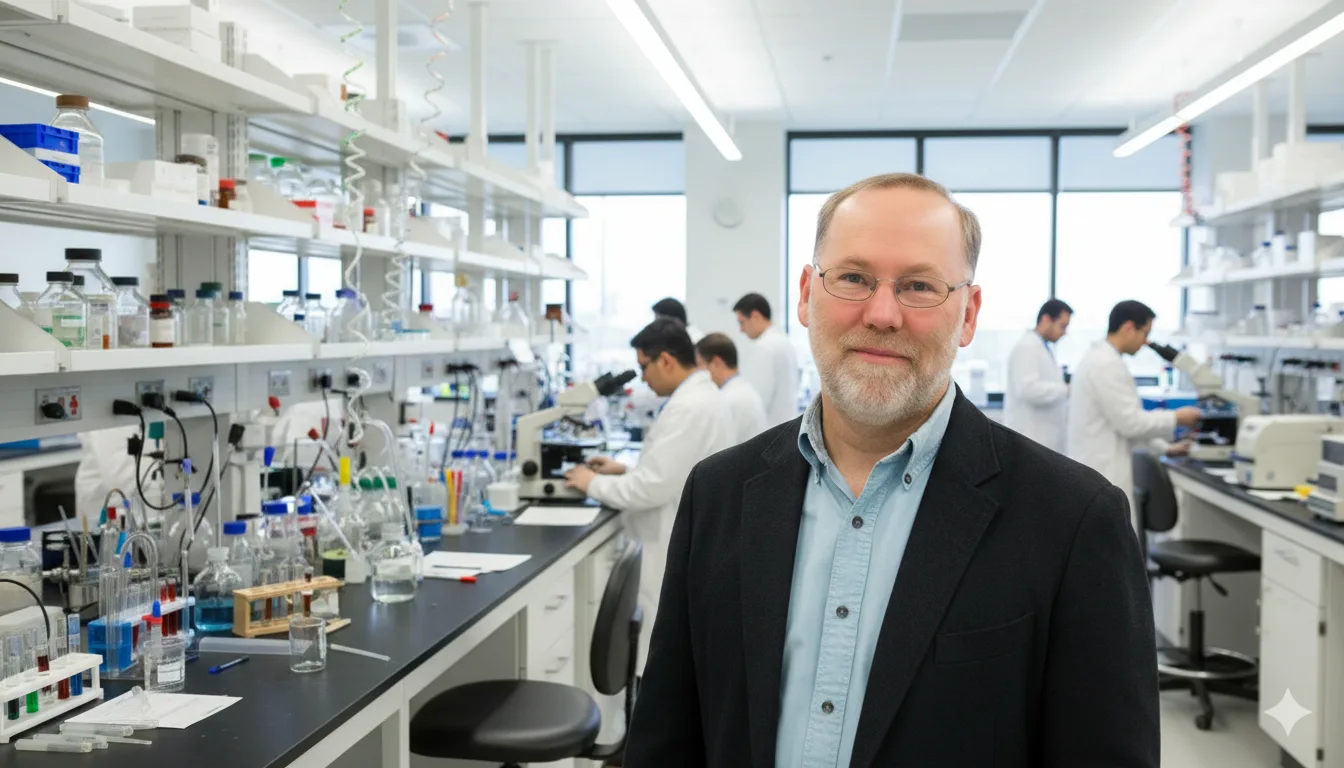The solemn echoes of centuries reverberated through St. Peter’s Basilica as cardinals, their faces etched with grief and reverence, performed the ancient ritual: the sealing of Pope Francis’s coffin. This act, a formal closure to the days of public mourning, marked the transition from a period of heartfelt farewells to the final, sacred rites of a pontiff who had profoundly impacted the Catholic Church and the world.

For days, the basilica, a monument to faith and history, had become a conduit for human emotion. Tens of thousands, a diverse tapestry of humanity, had filed past the simple cypress coffin, paying their respects to a man who had, in their eyes, embodied humility and compassion. From devout Catholics to curious onlookers, they came to offer their silent prayers, their whispered blessings, and their shared sense of loss.
The sheer volume of mourners had necessitated extended opening hours, a testament to the deep connection Francis had forged with people across the globe. His approachable demeanor, his unwavering advocacy for the marginalized, and his constant calls for social justice had resonated far beyond the confines of the Vatican. He was seen as a shepherd who walked among his flock, a voice for the voiceless.
As the cardinals, their scarlet vestments a stark contrast to the somber atmosphere, meticulously sealed the coffin, they were not merely performing a ceremonial act. They were closing a chapter, a chapter defined by Francis’s unique blend of tradition and reform. His papacy, marked by its emphasis on mercy and its challenge to the Church’s traditional power structures, had sparked both admiration and controversy.
The upcoming funeral, to be held in the vast expanse of St. Peter’s Square, promised to be a global event. Heads of state, royalty, and religious leaders from all corners of the world would converge to pay their final respects. The world’s eyes would be fixed on the Vatican, witnessing the culmination of a life dedicated to service and faith.

Yet, amidst the grandeur and the solemnity, there was a poignant reminder of Francis’s own humility. He had requested a simpler burial, a stark contrast to the elaborate entombments of his predecessors. This desire for simplicity, a reflection of his own life, would be honored as his coffin was taken to the Basilica of St. Mary Major for his final resting place.
The meticulous preparations for the funeral were accompanied by heightened security measures, a necessary precaution in a world fraught with uncertainty. Italian authorities, aware of the global significance of the event, had deployed additional personnel to ensure the safety of the dignitaries and the vast crowds expected to attend.
But beyond the immediate spectacle of the funeral, the thoughts of the cardinals, and indeed of the entire Catholic Church, were already turning towards the future. The conclave, the sacred process of electing a new pope, loomed on the horizon. The nine days of mourning, a period of reflection and prayer, would eventually give way to the momentous task of choosing Francis’s successor.
The cardinals, sequestered within the Vatican walls, would deliberate, debate, and ultimately cast their votes. The world would wait with bated breath, wondering who would emerge as the new leader of the Catholic Church, who would carry the weight of Francis’s legacy, and who would chart the course for the Church in the years to come.
Pope Francis: A Life of Service
To understand the impact of Francis’s passing, it is essential to trace the arc of his remarkable life. Born Jorge Mario Bergoglio on December 17, 1936, in Buenos Aires, Argentina, to Italian immigrant parents, he was a man of humble origins. Before entering the seminary, he worked as a chemical technician and a nightclub bouncer, experiences that would shape his understanding of the struggles of ordinary people.
He joined the Society of Jesus (Jesuits) in 1958 and was ordained a priest in 1969. His early ministry was marked by his dedication to serving the poor and marginalized in Argentina. He rose through the ranks of the Church, becoming Archbishop of Buenos Aires in 1998.
In March 2013, following the resignation of Pope Benedict XVI, Cardinal Bergoglio was elected Pope, choosing the name Francis in honor of St. Francis of Assisi, a saint known for his simplicity and devotion to the poor. He was the first Latin American pope and the first Jesuit to hold the office.
His papacy was characterized by a focus on social justice, environmentalism, and interfaith dialogue. He spoke out against economic inequality, called for action on climate change, and worked to build bridges between different religious communities. His emphasis on mercy and compassion resonated with people of all faiths and none.
He also sought to reform the Catholic Church, challenging its traditional power structures and calling for greater transparency and accountability. His efforts to address the issue of sexual abuse within the Church, though met with resistance, demonstrated his commitment to creating a more just and compassionate institution.
Francis’s passing marked not an end, but a transition. His influence, his teachings, and his example would continue to resonate, shaping the Church and the world for generations. The sealing of his coffin was not a final goodbye, but a symbolic moment, a moment that ushered in a new chapter in the long and storied history of the papacy. It was a moment that spoke of continuity and change, of tradition and innovation, and of the enduring power of faith in a world constantly in flux.



